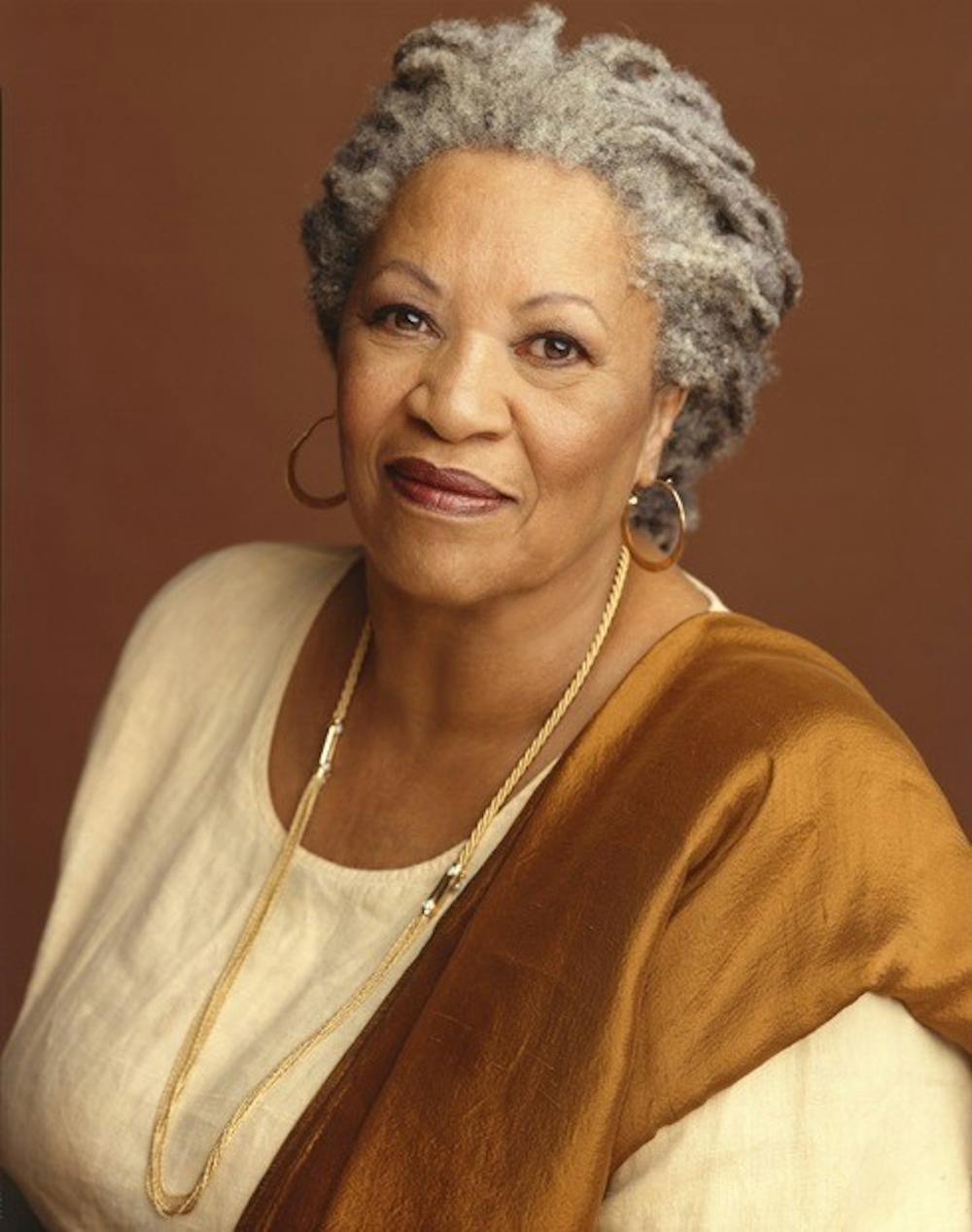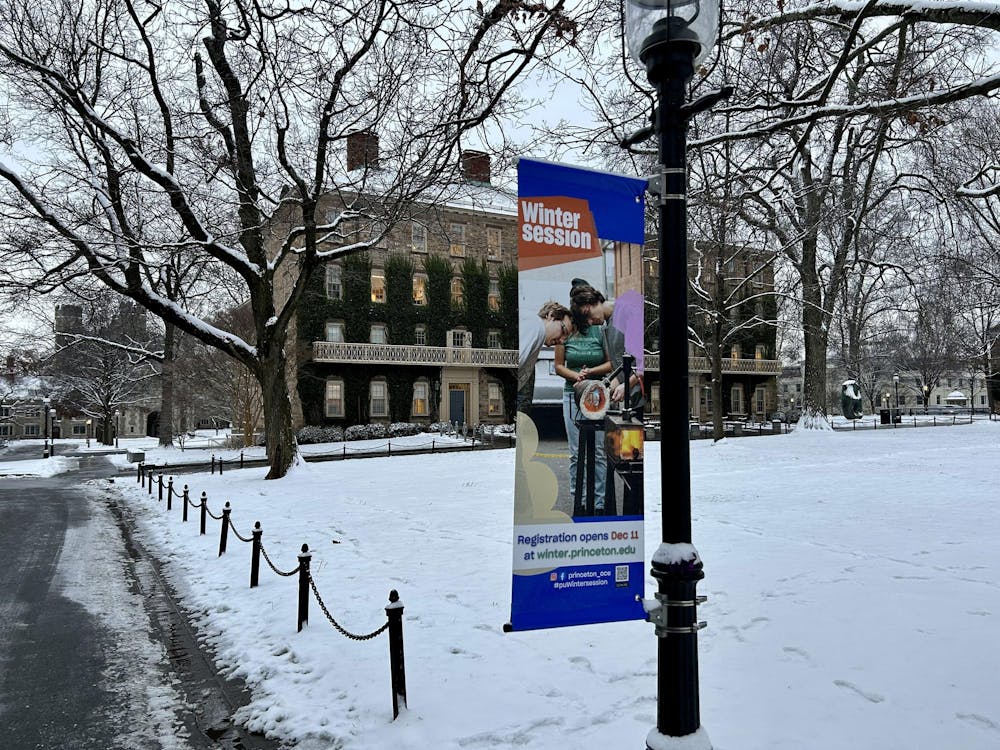
Nobel Laureate Toni Morrison took the stage on Nov. 17 to kick off a scholarly symposium for the Princeton and Slavery Project, an academic exploration of the University’s historical engagement with slavery. Morrison, the first African-American woman to win a Nobel Prize, also had a campus building renamed in her honor in July.
“I am not humble,” she said during her keynote address. “I came here because they’re going to rename a building with my name.”
The renaming of West College to Morrison Hall came largely as a result of student agitation and protests in 2015 and subsequent University efforts through the Campus Iconography Committee. The Black Justice League, which spearheaded the efforts, helped to catalyze a re-assessment of iconography and alumni legacies, most notably that of former U.S. and University President Woodrow Wilson, Class of 1879.
Morrison joined Martha Sandweiss, founder and director of the Princeton and Slavery Project, and Tracy K. Smith, director of the University’s creative writing program and U.S. Poet Laureate, to discuss race, justice, and the University’s historical ties to slavery.
Sandweiss characterized Morrison as someone “who perhaps more than any living writer has challenged us to imagine the experience of slavery itself and grapple with its lingering impact on American lives.”
An American novelist, essayist, editor, and professor emerita at the University, Morrison won the Pulitzer Prize in 1998 for her novel, “Beloved.” She was also awarded the Nobel Prize in Literature in 1993, selected by the National Endowment for the Humanities for the Jefferson Lecture (the U.S. federal government’s highest honor for achievement in the humanities), and presented with the Presidential Medal of Freedom by former President Barack Obama in 2012.
Through her own research, Morrison concluded that, while slavery in all civilizations was inevitable due to its lucrative nature, what was not inevitable was the “powerful, bloody social movement” against abolition, as seen from the bloodied attacks on abolitionists by the University’s students to the journeys of the University’s founders, trustees, and nine presidents who owned slaves. Morrison compared navigating between slavery and the University’s history to “navigating between a swamp and an iceberg.”
Morrison’s talk, which she gave with a soft, steady voice, was spirited and included the occasional self-deprecating joke. But she addressed the serious issue at hand with gravity.
“The history of Princeton’s involvement in slavery, both its support of the institution and the abandonment of that culture, is a long and complicated one,” she said, calling the history “embarrassing and shameful.”
The academic process to assess, reveal, and divulge the University’s ties to slavery are positive steps, she said. While Morrison recognizes that the University is not alone in its attempt to study its own ties to slavery, she believes that the University “is one of the places that has leapt far beyond predictable acknowledgments of slavery,” since the project includes the voices of slave descendants, local African Americans, and diverse student and faculty populations.
Since everyone was “dirt-poor” in her hometown of Lorain, Ohio (which has a median income of $35,330), poverty was an equalizing factor, but when she attended Howard University in 1949, the line between races clearly emerged. She remembers seeing the fountains that were labeled “colored” and “white,” and at the time, she thought “that was a hoot because who would spend money building those fountains twice.” During her college years, she also “learned about the shades of hue within the black community — whole societies based on color.”

“My remarks [on Princeton and slavery] are simply an appetizer,” said Morrison. “The full meal is the work of several lifetimes.”
She suggested that students ask themselves what they ought to be working toward to dismantle racial oppression. When asked about the current political debates on controversial statues and monuments, Morrison said that statues of controversial history should not be removed. Instead, she suggested that people discuss their offensive nature and perhaps “put up another statue that says the opposite.”
While more can always be done, Morrison did not seem worried about Princeton’s progress in uncovering its ties to slavery, even in the face of setbacks. As she eloquently put it, “What would life be without problems?”







